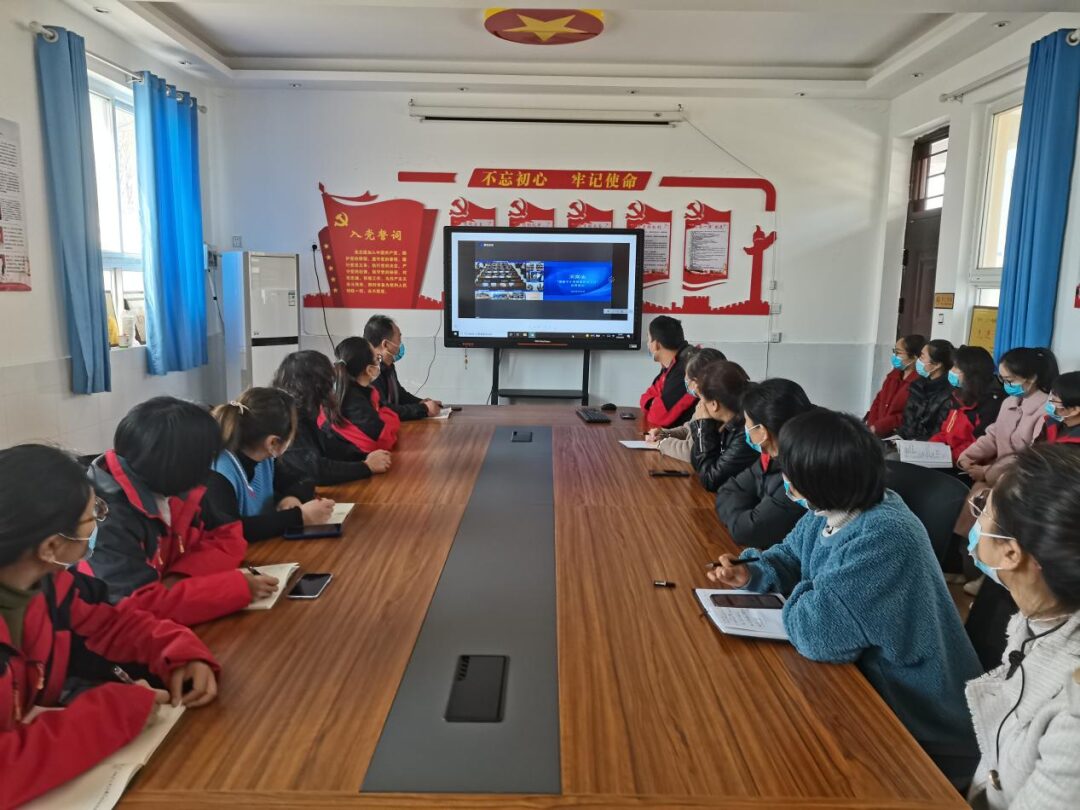1. Introduction: C++ Empowering Online Education

In today’s digital wave, online education is thriving, shining like a brilliant star illuminating the learning paths of knowledge seekers. From K12 subject tutoring to vocational skills training, from hobby cultivation to higher education, knowledge in various fields is readily accessible online. According to authoritative data, in recent years, the scale of online education users has grown at an annual rate of [X]%, and the market size continues to rise, demonstrating astonishing explosive power.
Behind this, the C++ programming language acts like a behind-the-scenes hero, quietly cultivating the efficient and stable operation of online education platforms. C++ has unique advantages in developing complex systems due to its outstanding performance, fine memory management, and powerful low-level control capabilities. Compared to other programming languages, it can handle large-scale data and cope with high concurrency scenarios more efficiently, which is crucial for online education platforms that may need to serve tens of millions or even hundreds of millions of users. Next, let us explore how C++ empowers online education platforms to achieve those essential basic functions.
2. The Cornerstone of Building an Online Education Platform with C++

The C++ language was born in [specific year of birth], developed by Bjarne Stroustrup, and is an extension of the C language, combining object-oriented and generic programming features. Its outstanding performance is a key advantage in building online education platforms.
In terms of running speed, taking the loading of course videos as an example, a video decoding module written in C++ can start playback [X]% faster compared to scripting languages like Python, allowing students to quickly enter a learning state and reduce waiting frustration. In terms of resource utilization efficiency, C++’s fine memory management can avoid memory leaks and waste. For platforms that support thousands of simultaneous online learners, reasonable memory allocation ensures stable server operation, preventing lag or crashes due to resource exhaustion.
When faced with complex teaching logic, such as simulating the operation process of precision instruments in vocational skills training, C++ can accurately restore every detail of each step with its powerful low-level control, ensuring continuity and accuracy in teaching, laying a solid foundation for subsequent function realization.
3. Core Functions Analyzed One by One

(1) User Management System: Precisely Control Multi-role Permissions
In the world of online education platforms, the user management system acts like a meticulous “gatekeeper,” controlling the permissions of different role users to ensure the orderly operation of the platform.
For students, after a convenient registration and login process, they can embark on their journey of knowledge exploration. In the course selection phase, the course selection system built with C++ acts like a thoughtful learning advisor, clearly displaying various course information, from basic subject courses to cutting-edge expansion courses. Students can filter according to their interests and academic plans, and by clicking on their desired courses, they can complete the course selection operation, with the system automatically recording the selection details for future learning arrangements. Moreover, students can check their learning progress at any time, knowing the course completion ratio, assignment submission status, etc., like holding a learning “navigator,” precisely controlling their learning pace.
Teachers, on the other hand, have unique permissions within this system. They can use the course management module developed in C++ to refine their courses comprehensively, like professional course designers. From uploading meticulously crafted courseware, whether it’s a visually rich PPT or an engaging teaching video, to publishing course notifications to inform students of key points and learning requirements, and grading student assignments with detailed feedback on each highlight and shortcoming, everything can be done efficiently. For example, when grading assignments, teachers open the grading interface, and the system presents student assignments in order of student ID, allowing teachers to score and write comments, and with one click to submit, the grades and feedback can be quickly sent back to the student end.
As the “housekeeper” of the platform, administrators shoulder the responsibility of system maintenance and overall control. They utilize C++’s powerful features to perform CRUD operations on user information, ensuring data accuracy. When a new teacher joins, administrators can quickly input the teacher’s account, set an initial password, and link the courses taught; if they find an anomalous account, they can promptly freeze it. Additionally, they can finely configure system parameters, such as adjusting server bandwidth to cope with learning peaks and optimizing the database to enhance data read/write speed, ensuring the platform runs smoothly and efficiently, creating a quality learning and communication environment for teachers and students.
(2) Course Display and Learning: Immersive Knowledge Acquisition Experience
Entering the course display and learning section feels like stepping into a treasure trove of knowledge, with a dazzling array of exciting courses.
The course classification display function, leveraging C++’s efficient algorithms, divides courses into multiple dimensions such as subject, difficulty, and target audience. For programming learning, basic courses like “C++ Introductory Programming Basics” are categorized into the beginner’s area, guiding students to familiarize themselves with syntax through engaging examples, such as creating a simple calculator program; advanced courses like “C++ Advanced Data Structures and Algorithms” are placed in the enhancement area, delving into complex algorithm logic to help students break through programming bottlenecks. When students browse the course catalog, clear classification labels allow them to quickly locate the courses they need, saving search time.
The learning progress tracking acts as a personal learning assistant. When students start a course, each video watched and chapter quiz completed is recorded in real-time by the system using C++ code. If they exit midway, the next time they log in, the system accurately prompts “You have studied up to [specific chapter], with [X]% remaining,” facilitating seamless continuity for students.
The personalized course recommendation algorithm is another highlight. It analyzes students’ past learning behaviors, such as learning duration, assignment accuracy, and course preferences, using C++ machine learning models for in-depth analysis. If a student frequently studies math courses and performs well, the system will recommend higher-level math expansion courses or related competition training, achieving precise knowledge delivery and making learning more aligned with personal growth needs, as if tailoring a learning path for each student.